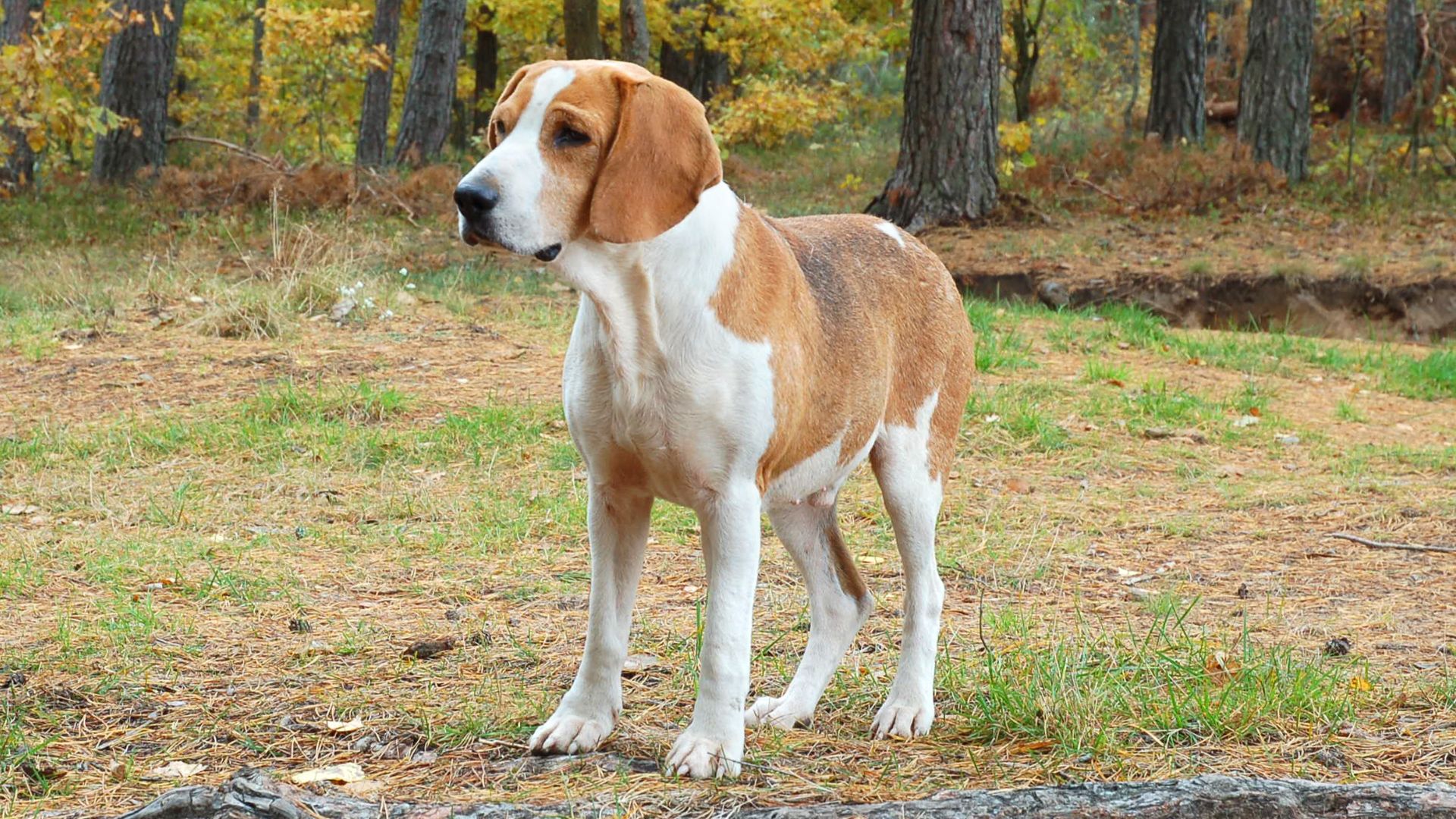Dog lovers face a problem – we keep seeing the same breeds everywhere. Golden Retrievers, Beagles, and Bulldogs fill our Instagram feeds while truly special working breeds remain hidden gems.
These lesser-known canine workers bring skills so specific and impressive that they’ll make your jaw drop. Unlike popular house pets bred mainly for looks, these rare workers developed real-world abilities that once meant life or death for the humans who depended on them.
Some can smell things other dogs can’t detect, others work in weather conditions that would stop most breeds cold. The saddest part? Many face extinction because people don’t know enough to keep breeding them.
The good news is that learning about these amazing dogs is the first step to saving them. Get ready for a journey beyond the dog park favorites as we explore seven extraordinary working breeds that deserve your attention – before they disappear forever.
Rare Working Dog Breeds
1. Komondor
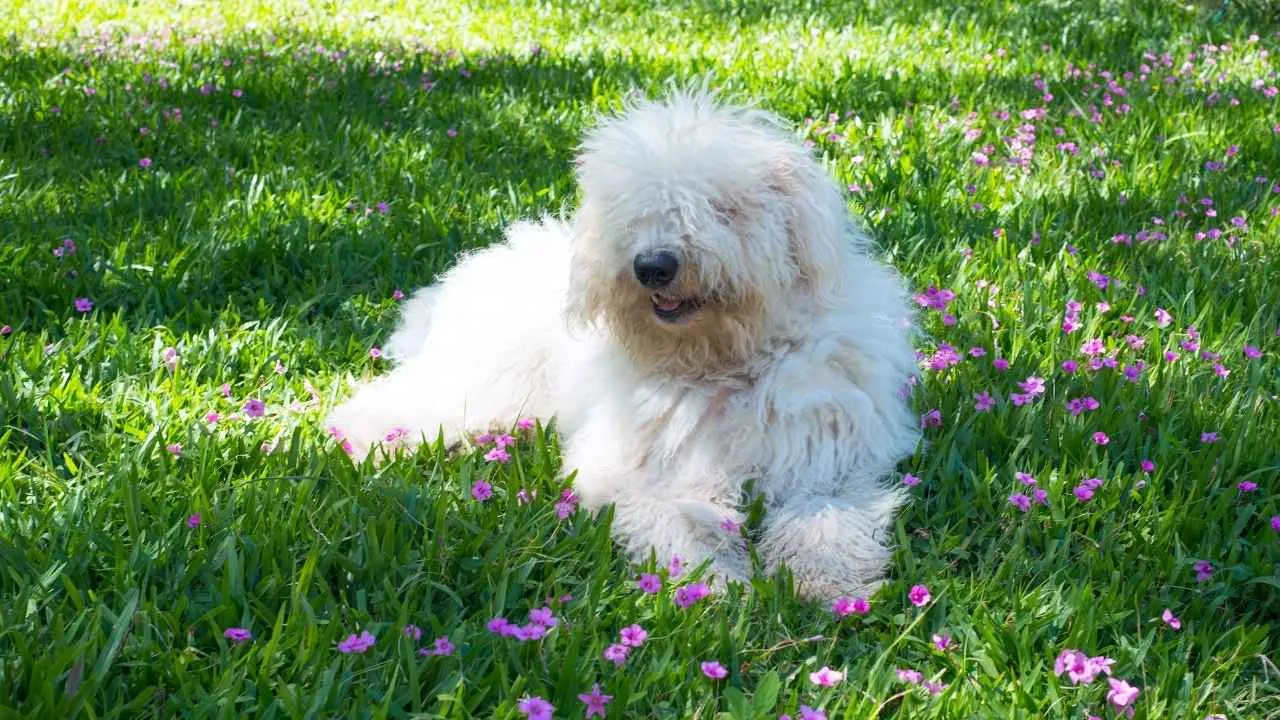
Originally bred to guard livestock without supervision, the Komondor isn’t just a watchdog — it’s a decision-maker. These dogs can think on their feet, assess threats, and act fast, which makes them ideal for open spaces and jobs that require serious responsibility. Their independence can be intense for first-timers.
Not your average coat
What looks like a mop is actually armor. Their corded coat develops naturally over time and helps protect them from harsh weather and predators.
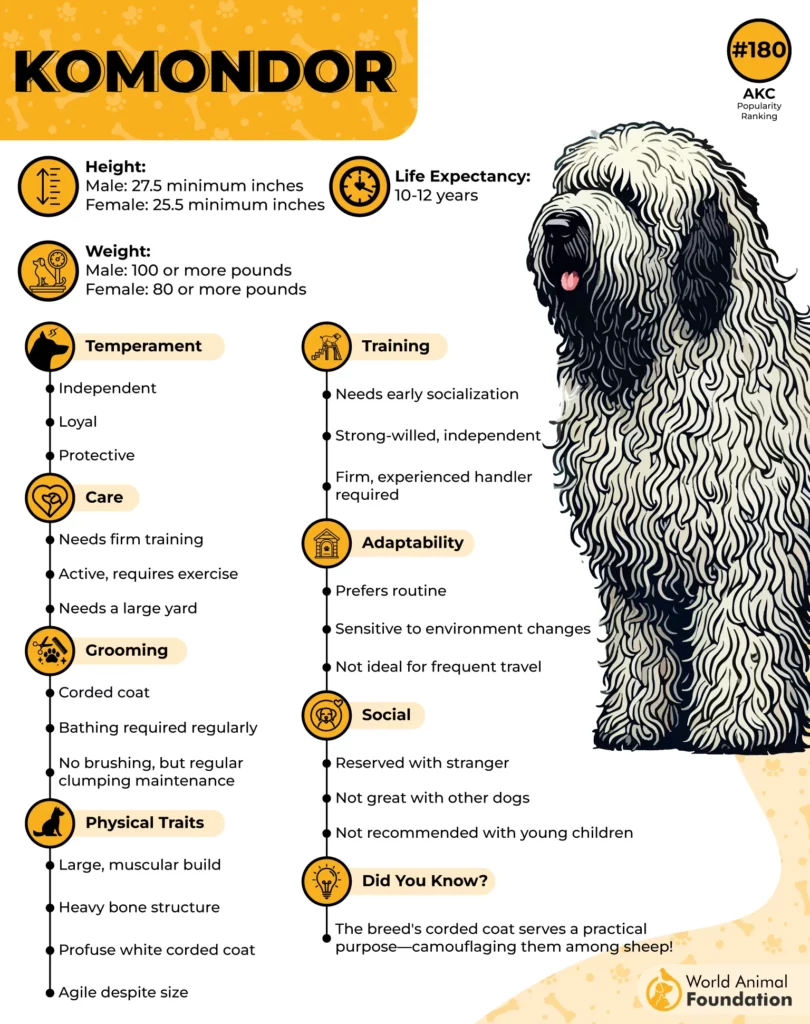
As per PetMD, it’s not low-maintenance — cords need careful separation and consistent drying after baths — but it’s part of what makes them stand out among rare dog breeds with deep-rooted working origins.

Best matched with confident handlers
Komondors don’t aim to please in the way other breeds might. They’re loyal, but not clingy. Socializing early and reinforcing boundaries are non-negotiable.
They require someone who can lead firmly but fairly, which is why they’re best suited for experienced dog owners who understand how to build trust without dominance.
Calm, but never off duty
They’re not overly excitable or high-energy, but that doesn’t mean they switch off. Even indoors, a Komondor is quietly alert, always monitoring their environment and anyone in it. They won’t bark without reason, but when they do, you’ll want to pay attention.
2. Chinook
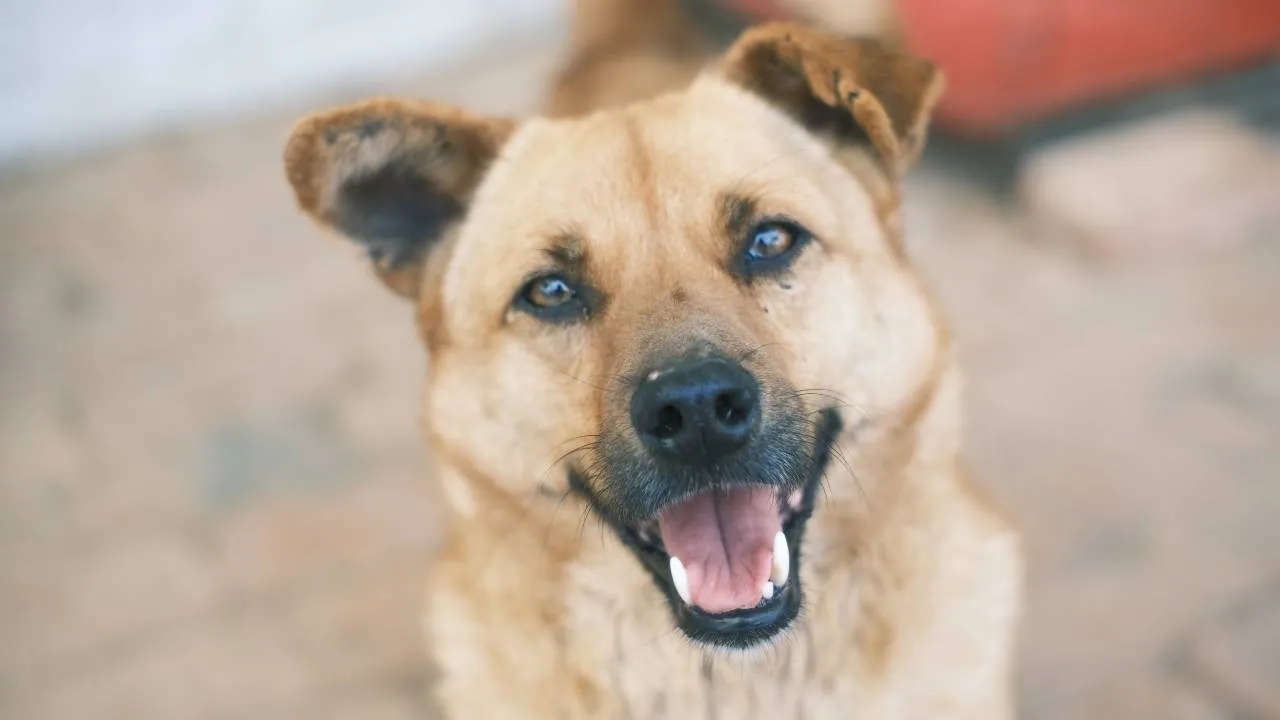
The Chinook was initially bred in the early 1900s for Arctic sled pulling, combining the power of a freight dog with the trainability of a family companion.
Unlike more aggressive freight dogs, Chinooks were expected to work in harmony with handlers and other dogs, which shaped their calm, cooperative nature. They’re not high-drama — they’re high-purpose.
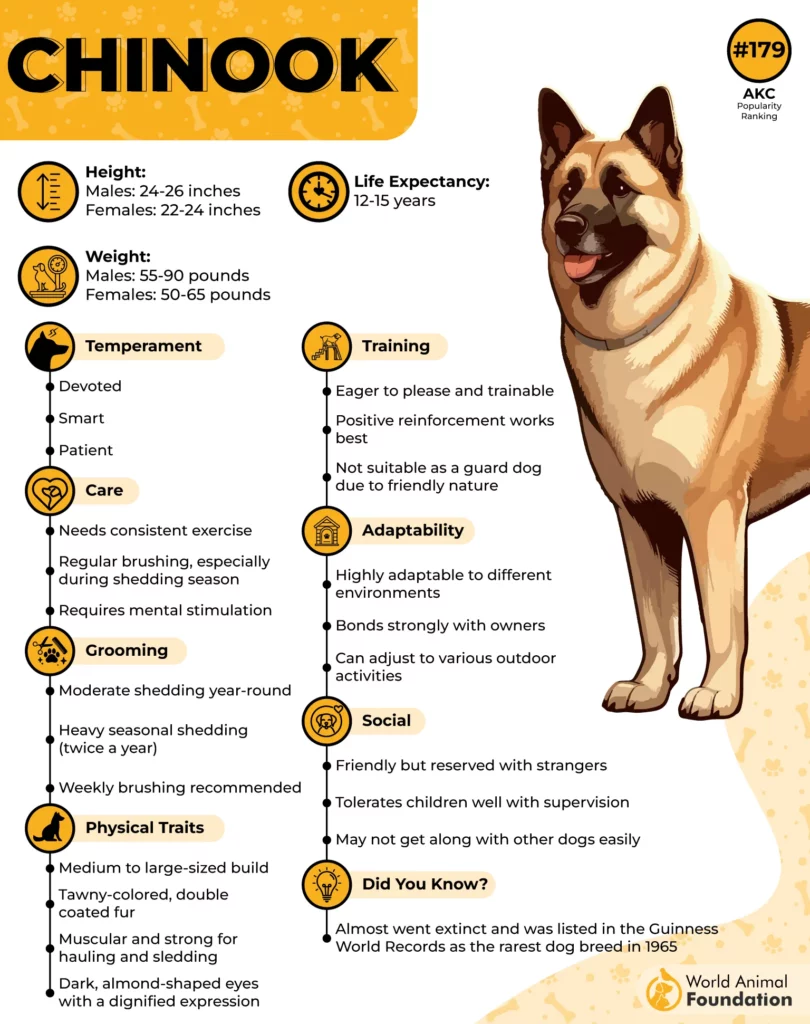
Strong, but not showy
With a smooth tawny coat and a muscular build, Chinooks don’t turn heads in flashy ways — but their quiet confidence speaks for itself.
Their stamina is exceptional, and while they’re not hyper, they do need regular activity to stay balanced. As energetic dogs, they’re happiest when given a task, whether it’s pulling, hiking, or structured play.
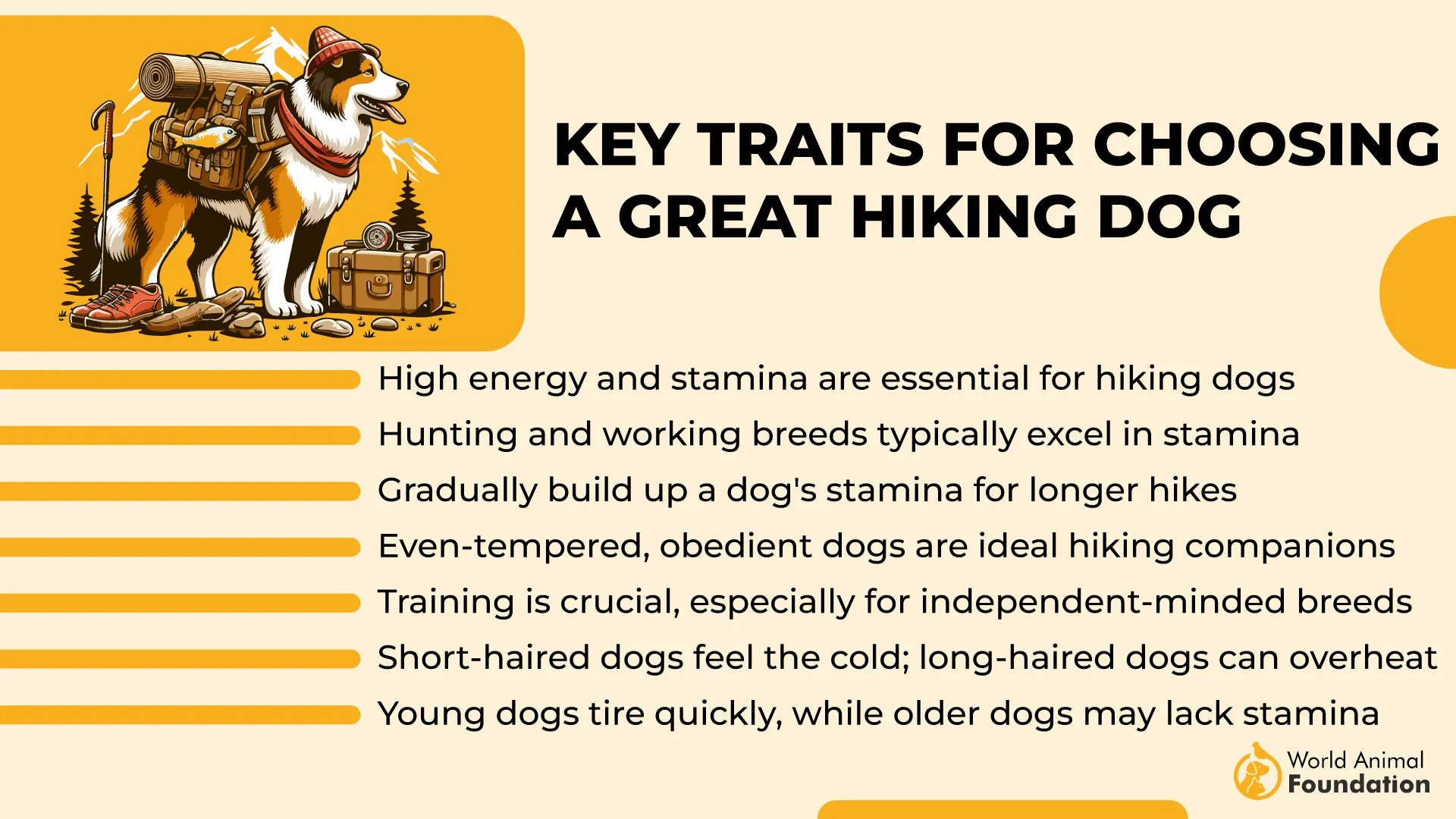
Hard to find, easy to bond with
The Chinook is a rare breed, with only a few hundred registered worldwide. That scarcity isn’t due to difficulty — it’s due to their limited breeding lines. Those who do find one often describe them as deeply connected and intuitive, especially with children.
Devotion without dominance
This is a naturally loyal dog, not in a clingy way, but in the “I’ve got your back” kind of way. They bond strongly with their families and typically get along well with other breeds and pets, especially when raised together.
3. Ibizan Hound
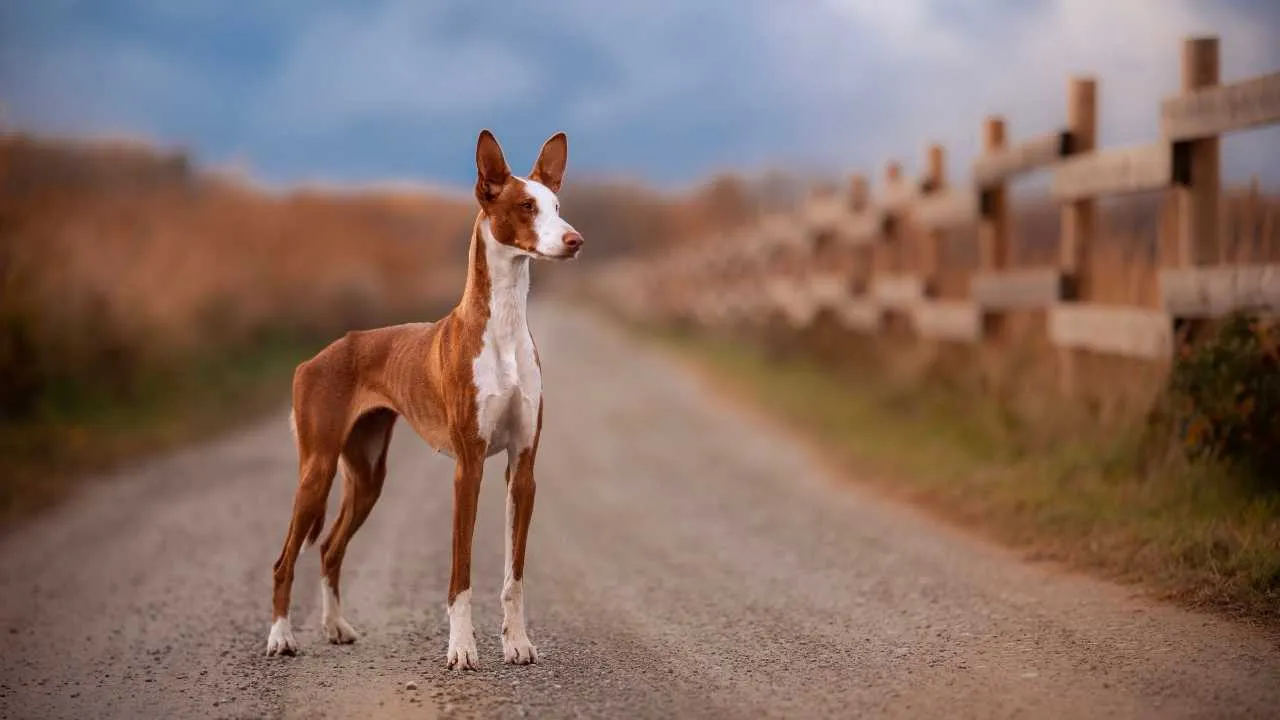
Sleek, swift, and laser-focused, the Ibizan Hound was developed on the Balearic Islands to hunt rabbits through rocky terrain and thick brush.
These hunting dogs aren’t just fast — they’re nimble, with an impressive vertical jump and a strong prey drive. They hunt by both sight and scent, making them unique among scent hounds and sighthounds alike.
Lean doesn’t mean fragile
Despite their elegant frame, Ibizans are sturdy and built for long-distance running, as Hills Pet mentioned. They’re highly agile and often excel in lure coursing and agility sports.
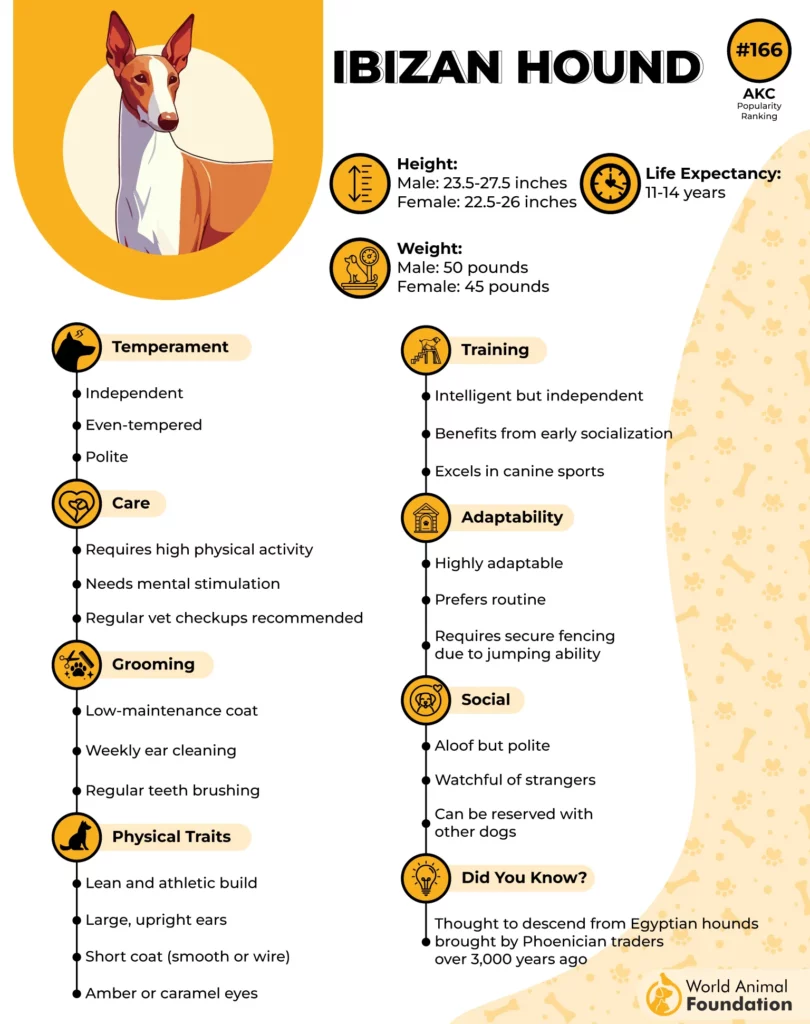
Among athletic dogs, they strike a rare balance between speed and stamina, making them well-suited for active owners who can match their physical needs.
Emotionally tuned in
What sets this breed apart is its affectionate nature. At home, they’re calm, sensitive, and deeply bonded with their families. They’re good with children and tend to be quiet indoors — not aloof, just gentle. Don’t mistake their independence for distance; they thrive on companionship.
Uncommon, but unforgettable
As one of the lesser-known breeds, Ibizans are often overlooked, but those who live with them rarely choose another breed again. Their combination of grace, loyalty, and working focus is something you don’t forget.
4. English Foxhound
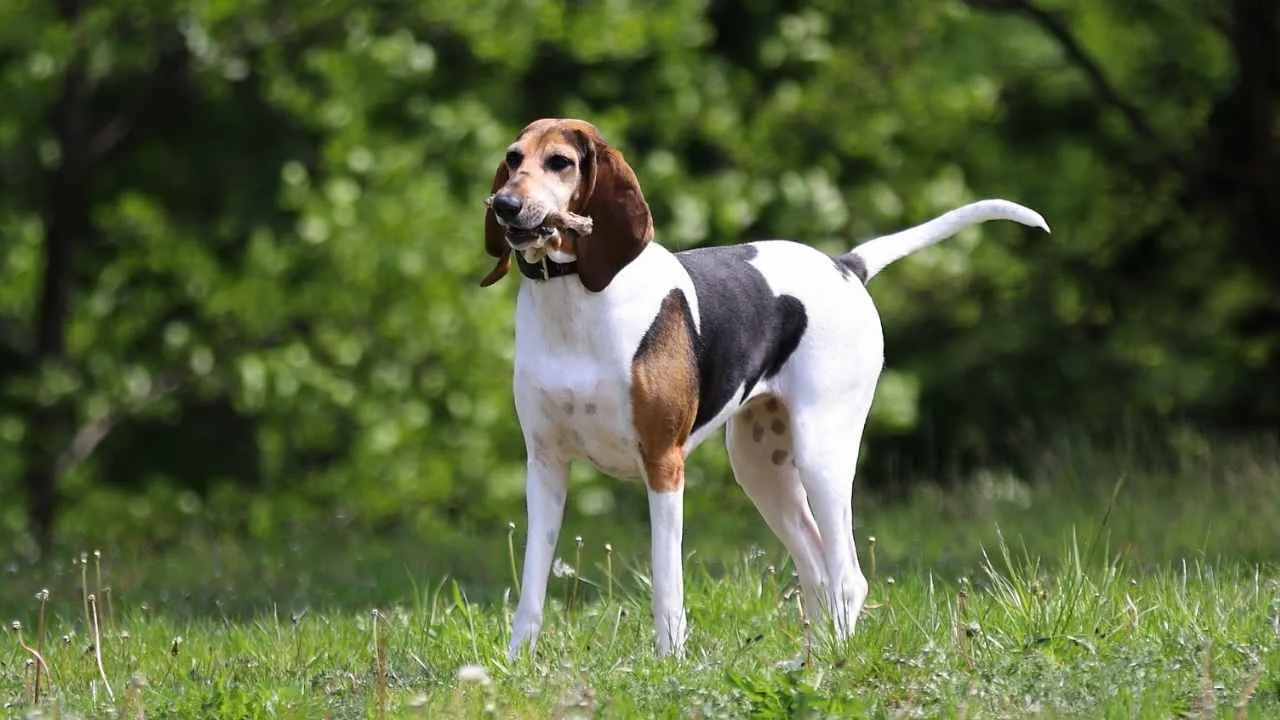
Bred to trail foxes across the English countryside, the English Foxhound is a scent hound built for endurance, not speed bursts. Their stamina is unmatched — they can track for hours without tiring. But their need for physical exercise isn’t just about energy; it’s about mental engagement too.
Sociable, not clingy
These dogs are happiest when part of a group, be it other dogs or humans. Their friendly nature makes them easy to live with, especially in homes where companionship is consistent.
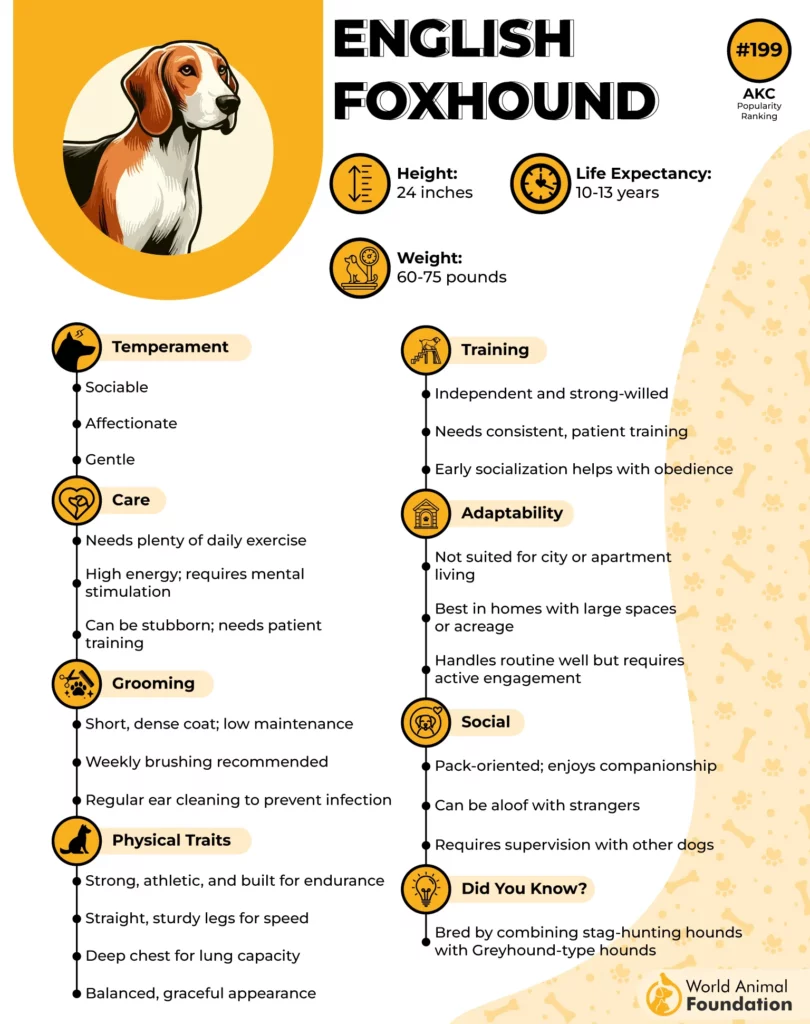
They’re pack-driven and tend to do well in households with multiple pets, provided early introductions are smooth.
Balance of energy and ease
Although they have a working background but the English Foxhound carries a surprisingly calm demeanor indoors, especially after a good run or hike.
While they need structure and purpose, they’re not chaotic or high-strung. Their even temper is a huge plus for families.
Bonded but not overbearing
While they may not be velcro dogs, they make loyal companions with a dependable, steady presence. For active households or countryside homes, they can be an excellent companion — one that appreciates both action and downtime, with equal devotion to both.
5. Belgian Laekenois
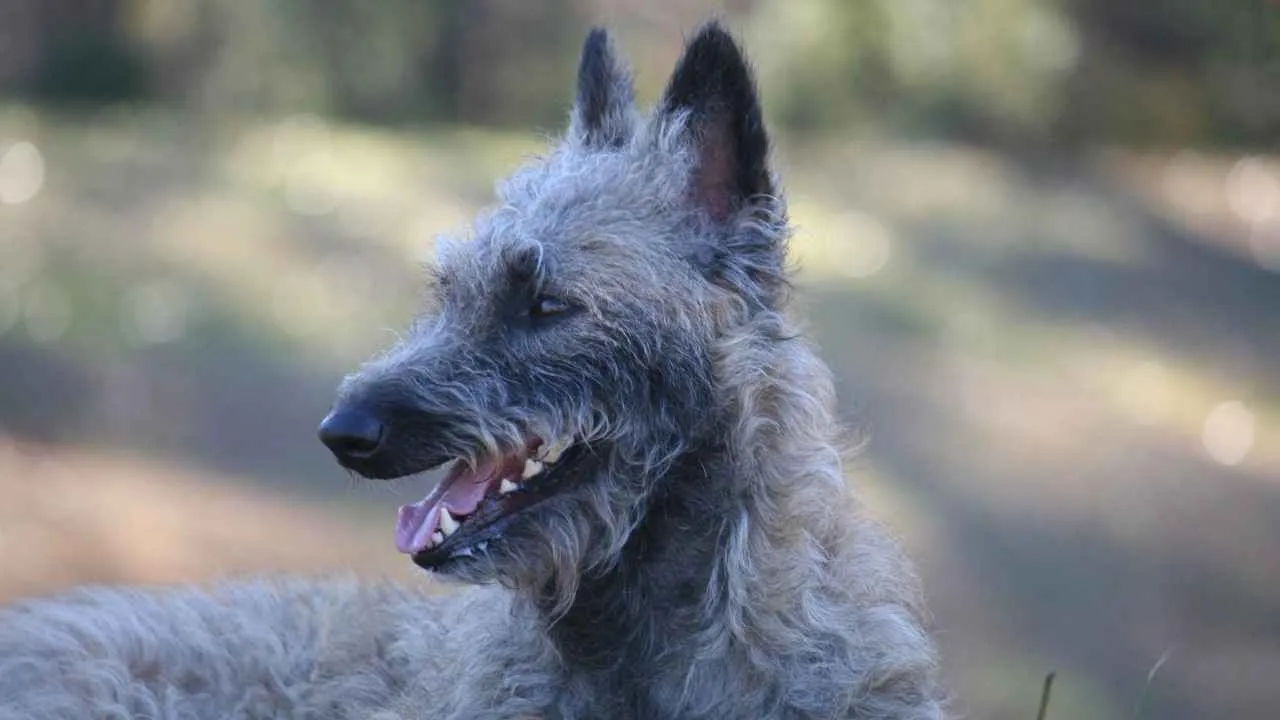
The Belgian Laekenois is the rarest of the four Belgian Shepherd varieties — easily identified by its wiry coat and deeply focused expression.
Originally tasked with guarding linen drying fields in Belgium, this breed wasn’t bred for looks or speed, but for independent thinking and vigilance. That working mindset still runs deep today.
Driven and dialed-in
Laekenois dogs aren’t content with long naps and short walks. They require regular exercise in structured forms — think off-leash play, advanced obedience, or agility sessions.
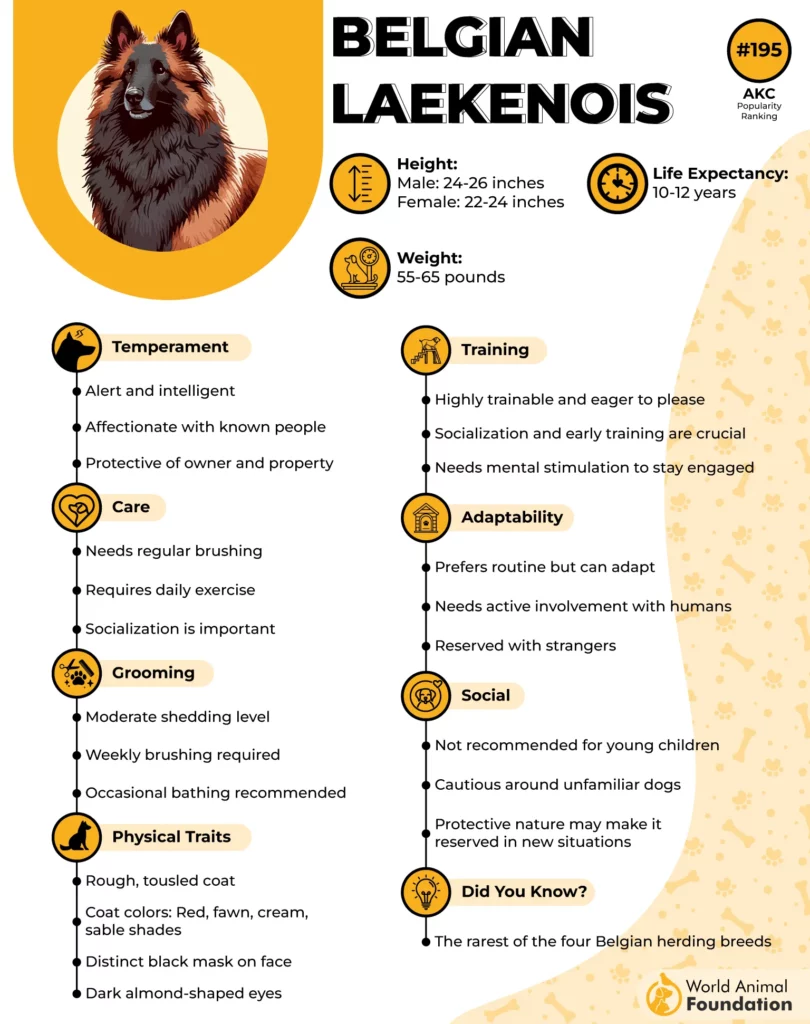
But it doesn’t stop there. They also crave mental stimulation just as much — puzzle feeders and scent work are more than toys; they’re tools to keep them balanced.
Sharp minds need soft starts
They’re incredibly loyal, but not naturally social with strangers. That’s why early socialization isn’t optional — it’s foundational. Without it, they may become suspicious or overly protective. When properly introduced, though, they tend to coexist well with other animals and adapt better than most dogs in varied settings.
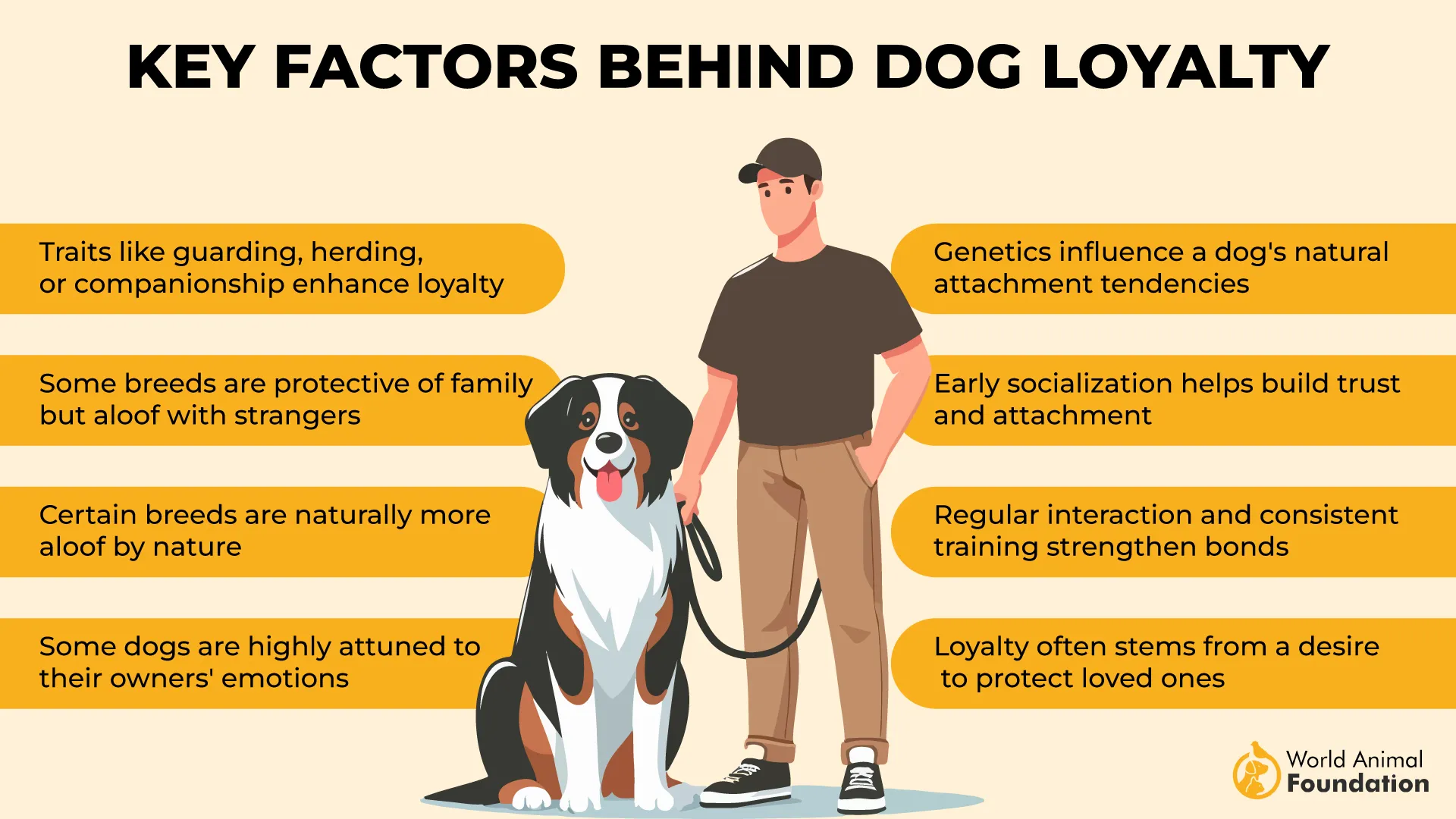
For those who understand the purpose
The Laekenois is best suited for experienced owners who appreciate purpose-driven dogs. They’re not laid-back pets — they’re partners looking for a job, a boundary, and trust.
6. American Foxhound
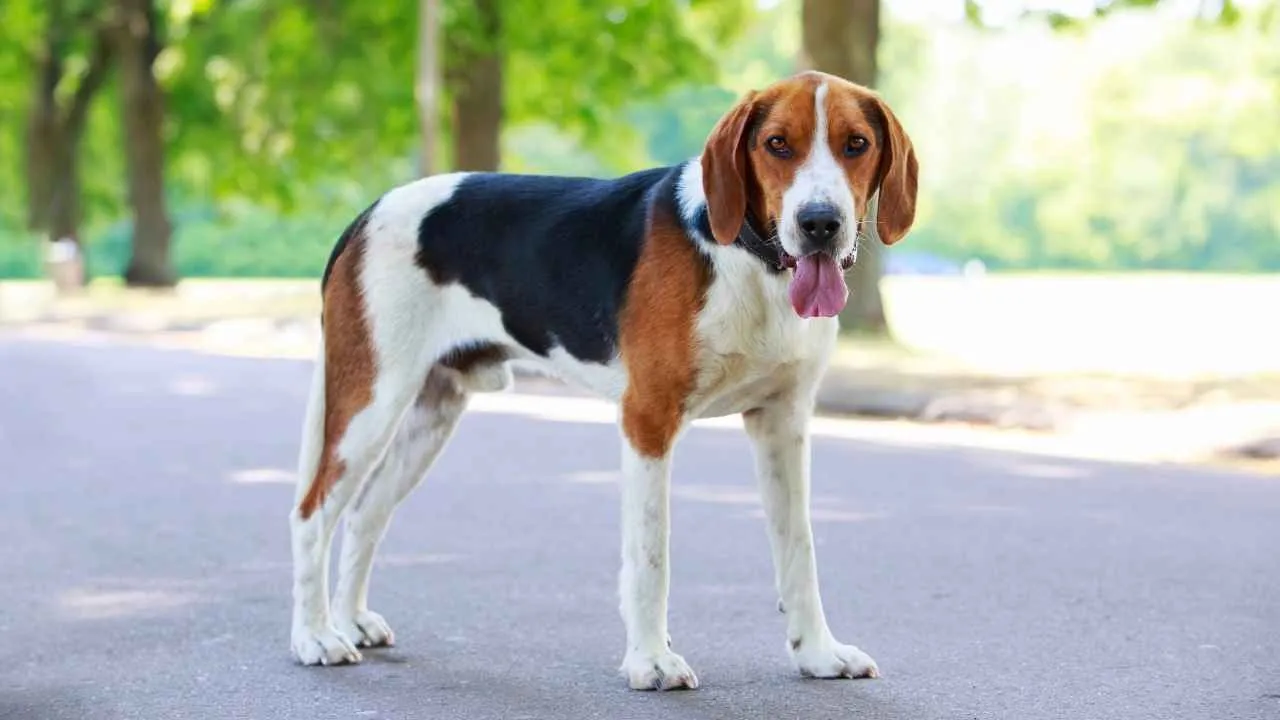
With roots tracing back to colonial America, the American Foxhound was primarily bred for hunting foxes across rugged terrain for hours on end.
Lighter and faster than its English counterpart, this breed thrives in open spaces where it can follow a scent trail relentlessly — nose down, tail up, fully committed to the chase.
Independent doesn’t mean detached
While they have a history of working in large packs, American Foxhounds tend to be independent thinkers.
That said, they’re not loners — they enjoy human company but aren’t overly demanding. Compared to more common breeds, they’re softer in temperament but still require structure and routine to stay focused.
A nose that needs freedom
This isn’t a breed for apartment living or low-activity homes. Their stamina is immense, and they need physical outlets daily.
Fenced-in areas are a must — if they catch a scent, they’ll follow it without a second thought. Voice recall is rarely reliable once they’re locked onto a trail.
Best suited for rural rhythm
With the right environment, space, routine, and some understanding of their working nature, the American Foxhound settles into a steady rhythm. Loyal, determined, and uniquely American in heritage, this breed stays true to what it was built for.
7. American English Coonhound
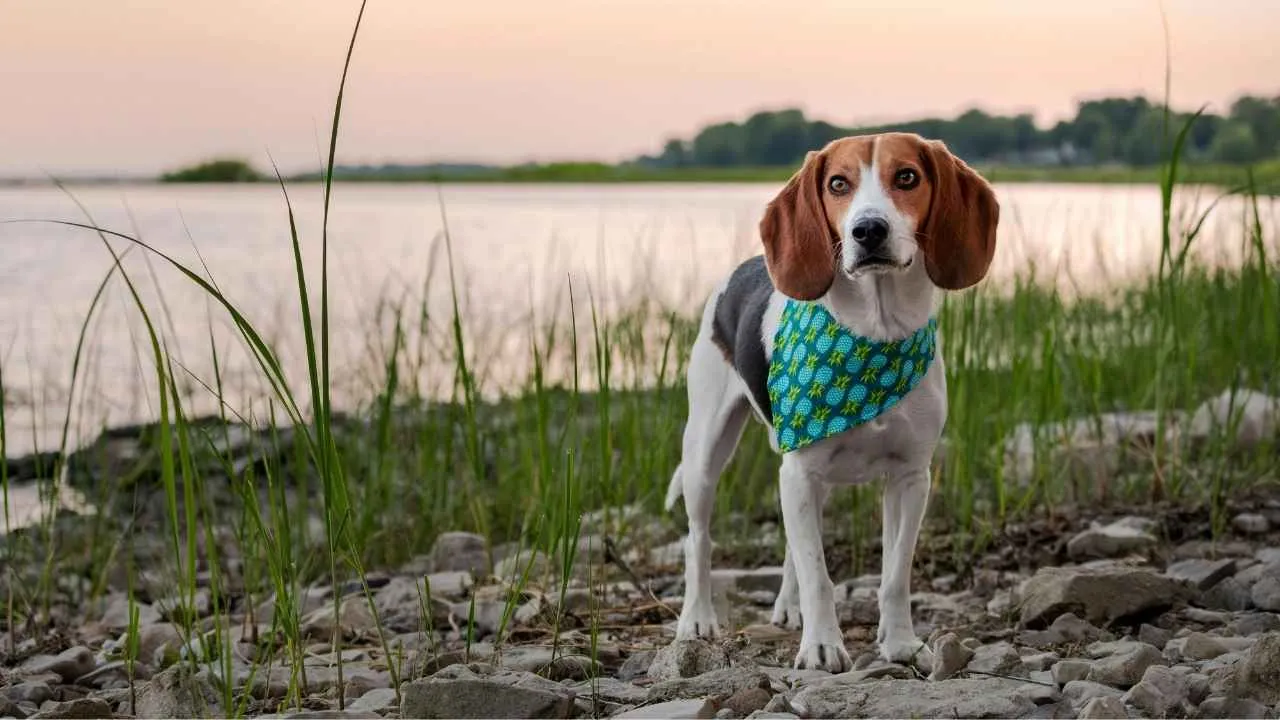
This hound isn’t just about speed — it’s about rhythm, stamina, and an unshakable nose. The American English Coonhound was developed to track raccoons and other game through rough, wooded terrain, sometimes for miles on end. Their long, lean frame is built for distance, not quick sprints.
The hound that never gives up
What sets them apart from other scent hounds is their drive. Once on a trail, they’re focused, loud, and determined. According to WebMD, their iconic bay deep and echoing isn’t just noise; it’s how hunters keep track of them from afar. It’s part of their instinct and identity.
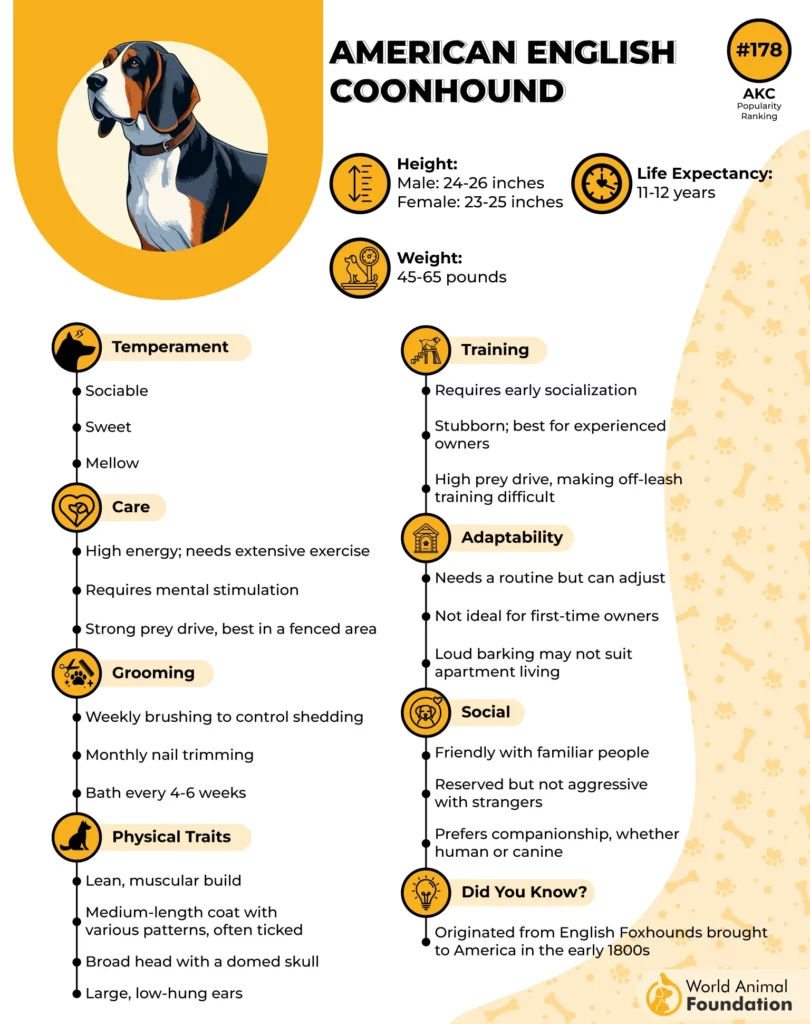
Sociable but strong-willed
They get along well with people and dogs alike, especially when raised in a pack-like environment. But they’re not eager-to-please types. Their independent streak means training needs patience, consistency, and understanding — they’ll listen, but only if you’ve earned it.
Work-first mindset, home-second lifestyle
This isn’t the kind of dog that thrives on casual strolls or couch cuddles all day. They need movement, purpose, and plenty of freedom to roam. When they get it, they mellow out and become surprisingly laid-back indoors — a hard worker with an off-switch.
Conclusion
These seven rare dog breeds show us that working dogs aren’t just about the common breeds we see every day. From the Komondor with its dense coat that looks like a mop to the American Foxhound with its smooth coat built for speed, each brings special skills shaped over hundreds of years.
What stands out most is their independent nature – these aren’t dogs waiting for constant direction. They think, decide, and act on their own when needed. Some excel as guard dogs watching over property and livestock, while others were bred as hunting partners with amazing tracking abilities.
Their unique appearance often reflects the specific jobs they were made to do. If you’re looking into adding a rare dog to your family, remember these breeds need owners who understand their working backgrounds.
By learning about and supporting these uncommon workers, we help make sure future generations can still marvel at what careful breeding and true partnership between humans and dogs can create.


